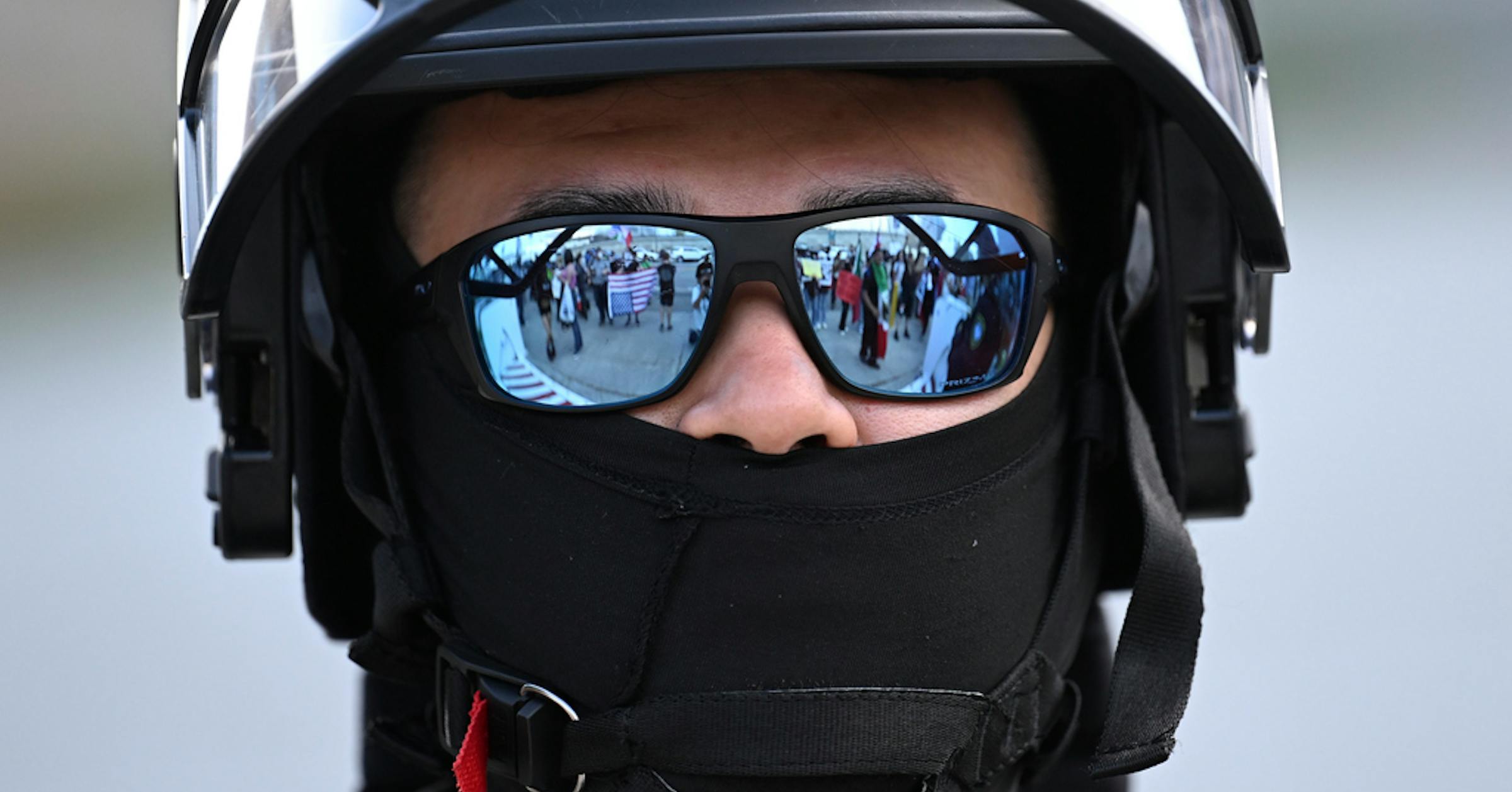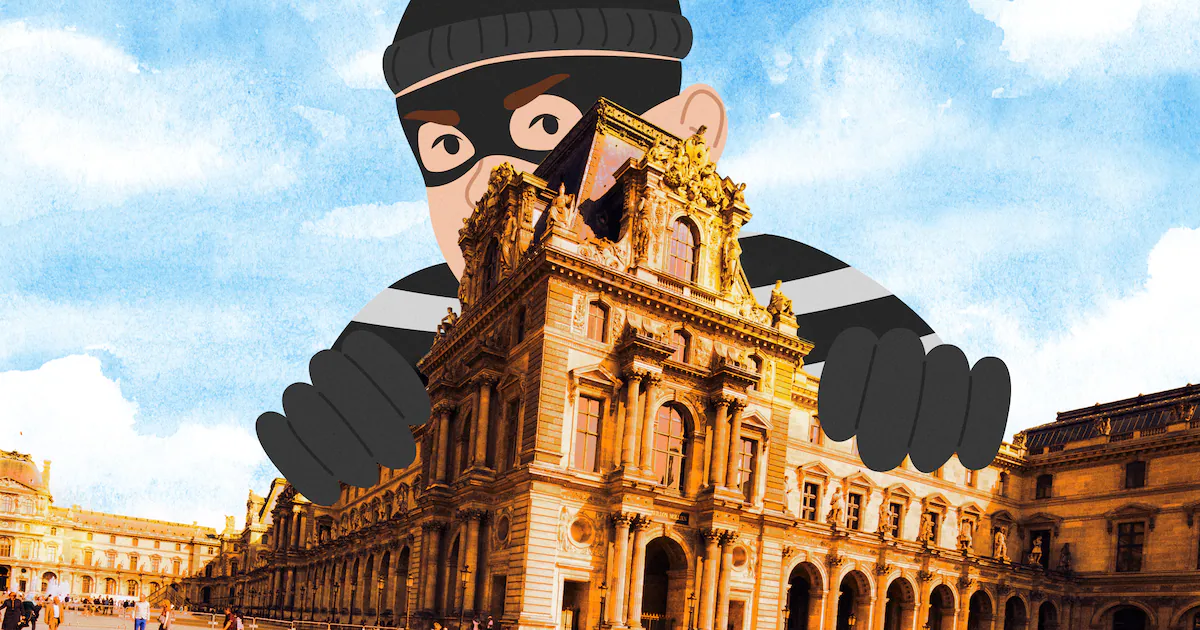Copyright Star Tribune

But the fight — involving undocumented residents and also often U.S. citizens caught up in raids — is far from finished. And among the weapons deployed are videos offering competing narratives. From the Trump administration, there are slickly produced messages, especially for recruitment and a profile of the “Worst of the Worst” detainees, made possible in part by big budgets from the One Big Beautiful Bill Act. And from opponents, opposite of the professionally produced videos are amateur cameras capturing chaos from raids and protests. These include cellphone videos from citizens witnessing people whisked away by U.S. Immigration and Customs Enforcement (ICE) agents as well as hostile confrontations between the agents and those protesting the sweeps. The scores of recordings are individually powerful but also can collectively capture a story, as they did in the New York Times’ recent report “How Trump’s Chicago Immigration Crackdown Escalated, in 10 Videos.” Among many other recent examples from Chicago is one showing U.S. Border Control Commander Gregory Bovino allegedly throwing a tear-gas canister at protesters, an act that would violate a court order. Another shows a daycare teacher getting roughly arrested (a Chicago congressman claims she had legal documentation, which ICE denies). Several similar videos come from another enforcement hot spot, Los Angeles, including one that shows a man (reportedly a U.S. citizen who faced a gun charge) arrested, followed by armed, masked agents driving off with his car — with his toddler still in the car seat. (The child later was later reunited with her grandmother). “Certainly, the Trump administration is trying to intimidate people; fear is a powerful tool,” said Alicia Granse, an ACLU of Minnesota attorney. “I’m not going to tell people not to be worried, but fear is a tactic used by authoritarians, and we just need to be vigilant.” The administration, added Granse, “has demonstrated that it is willing to use whatever tactics necessary to intimidate, and everybody has to know their own limit for engaging with that.” These include: “When lawfully present in any public space, you have the right to photograph anything in plain view, including federal buildings and police; On private property, the property owner may set rules about photography and video; Police may not confiscate or demand to view photographs or video without a warrant, nor may they delete data under any circumstances; Police may order citizens to cease activities, including recording, that are truly interfering with legitimate law enforcement operations.” And if someone is stopped or detained while recording a protest, the ACLU gives these guidelines: “Remain calm and never physically resist an officer; Police cannot detain you without reasonable suspicion that you have or are about to commit a crime or are in the process of doing so; If you are stopped by police, ask the officer if you are free to leave. If the answer is yes, calmly walk away; If you are detained by police, it is your right to ask the officer what crime you are suspected of committing.” Putting this modern moment in historical context, Christopher Terry, an associate professor and Cowles fellow of Journalism, Law and Policy at the University of Minnesota’s Hubbard School of Journalism, said that “what you have, for potentially the first real time in American history, is citizen journalism of the kind that the Founding Fathers always imagined as a check on government.” “There was a time when we all agreed on what was going on,” said Terry, who added that common knowledge didn’t necessarily create consensus but a “range of discussion” that had relative boundaries. But now, “we exist in such a diverse media environment and have no contact with other points of view. That’s what’s winnowed people into these schools of different areas; there’s so much more media that we don’t have that common collective experience anymore.” The same was true during the Biden-era border crossings, which seemed to be seen as a crisis in half of America and hardly seen at all in the other half. Thankfully, so far there hasn’t been a singular incident convulsing the country, as there was with the videos of the police beating of Rodney King or murder of George Floyd. Respecting the rights of both sides among this heightened and heated time will hopefully keep it that way.



